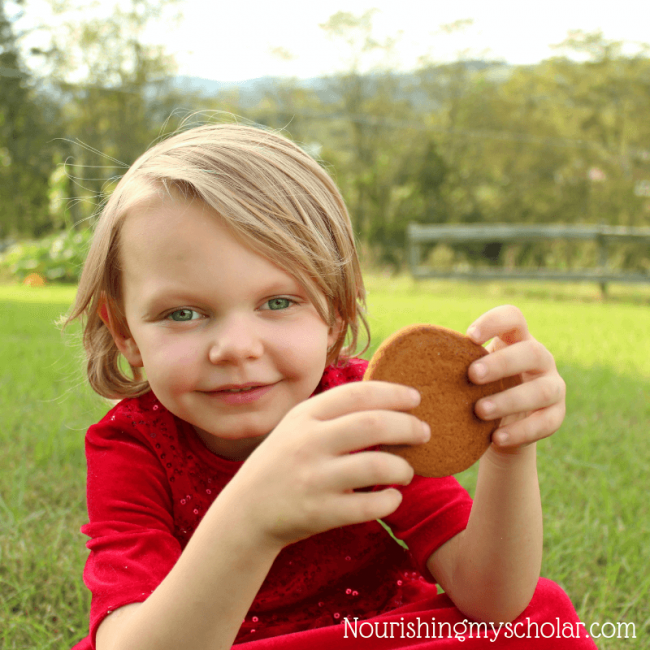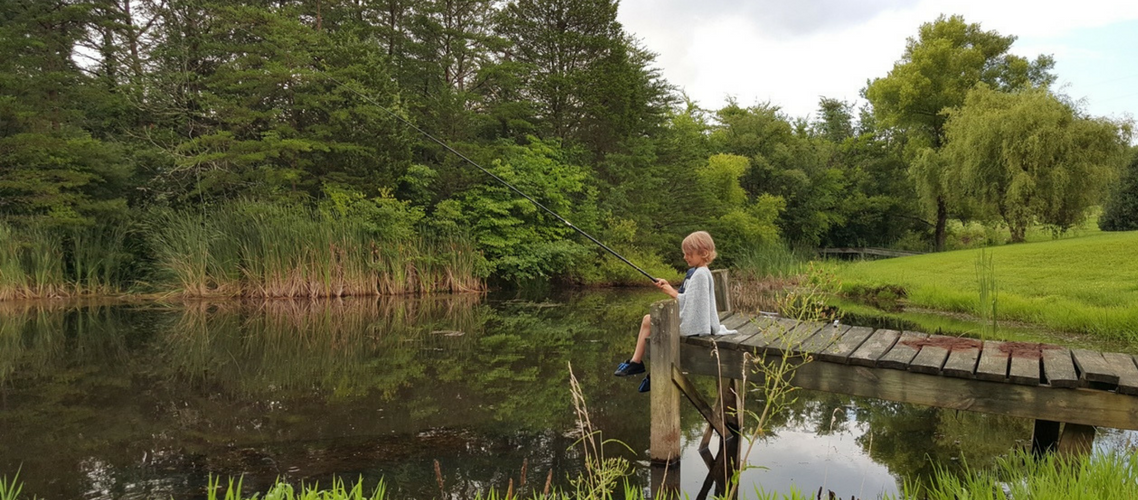Observation is a key component to good writing. With detailed observation skills, our children can describe most anything and have their readers feel as though they are seeing it with their own eyes. Writing and observing can be practiced with Brave Writer’s Keen Observation exercise.

This post may contain affiliate links. Please read my disclosure statement for more information.
Writing and Observing with all of Our Senses
Brave Writer is all about helping our little ones find their writer’s voice.
The Keen Observation exercise is in the third chapter of The Writer’s Jungle. The Writer’s Jungle is like a writing manual for the parent. It teaches you how to teach your child how to write! The Keen Observation exercise is all about examining a concrete object and using all of our senses to help in the description of that object.
When we use our senses to write we are opening ourselves up to a world of description, and detail. We are training ourselves to notice complexity and the abstract.
This skill comes in handy whether we are writing fiction or nonfiction.
Keen Observation Exercise
The Keen Observation exercise offers a chance for us to discover our observation skills and find the words we want to use to describe an object.
What I love is that if they struggle with writing or are in a pre-writing stage, then they don’t need to bother with complete sentences. Or I can scribe for my 5-year-old. I don’t want them to feel encumbered by their writing skills.
In this game, we don’t care about spelling, punctuation, or any of the mechanics. We are trying to grow our young writer’s voice.
It is an exercise that takes focus. Don’t expect an overwhelming success on the first try. Sometimes it takes days. Look for that stellar word, or phrase or description. Build on that.
Mechanics will come later.

Writing and Observing with all of Our Senses
My children observed three different items for the keen observation exercise, while I jotted down their thoughts. I did this to help eliminate the struggle between thinking and writing. If your children are older and comfortable with writing, then feel free to have them jot down their own thoughts.
I chose a mini gourd for my son. However, as we were heading out to do this exercise he also snagged a plum off the counter.
For my daughter, we went with the cookie she was “dying” to sample.

My son struggled initially with the description of the gourd. Perhaps he just needed to warm up a bit. Or maybe he wasn’t really invested in the description of the gourd. It wasn’t until I recommended that he describe the plum he wanted to eat that his words started flowing. Afterward, he went back and added more descriptions to the gourd.

Sight
The kiddos got up close to their objects to better observe with their eyes the things they could see.
Gourd:
- feels lumpy like the hide of a crocodile
- It’s wrinkled all over
- looks kinda like a volcano because of how it tapers at the top and get more bulbous at the bottom
- I see green, lighter green, orange, and a hint of white
Plum:
- I can see tiny red dots and veins in the skin.
- circular like the moon
Cookie:
- A light brown cookie with dark brown cracks.
- The bottom is dark brown with little holes, but when I bite into it, it is a lighter brown on the inside.
- It’s more of an oval shape, like the water trough my brother and I swim in. Although my cookie is much smaller, and the water trough is huge.

Touch
Both children used their fingers to gently rub and roll their objects around.
Gourd:
- It reminds me of a rock.
Plum:
- Reminds me of the smoothness of glass.
Cookie:
- The sugar-spice mixture on top reminds me of sand.

Smell
My son laid on the ground with his eyes closed to enjoy the sweet aroma of his plum!
Gourd:
- I can’t smell anything.
Plum:
- The plum smells sweet. It makes me happy.
Cookie:
- It smells like a pumpkin cookie. It makes me hungry.

Sound
Gourd:
- The only sounds I heard were a crackle and pop when I tossed it at a tree. After knocking it around a bit I can hear seeds rattling around! It sounds hollow!
Plum:
- It sounds like soft music.
- A crunching sound when my teeth break through the skin
Cookie:
- I hear a doughy sound when I chew it!
Taste
Both children first licked their objects before biting or trying to take a bite of them.
Gourd:
- I don’t taste anything when I lick it.
- It’s not bitable!
- It’s too hard like dragon scales!
- My teeth cannot pierce its tough skin!
Plum:
- Sweet with a hint of sour
- This is something I would want to eat slowly all day long!

My daughter was thrilled to finally sink her teeth into her scrumptious cookie!
Cookie:
- It tastes like a pumpkin cookie pie!
- Its sweet like a cherry, but pumpkin!

Writing and Observing with all of Our Senses
Now, remember, I’m not concerned with a proper paragraph, grammar, spelling or punctuation at this point. The whole point of this exercise is to get my children in a mode of description. To use rich language such as:
- feels lumpy like the hide of a crocodile
The hide of a crocodile? How fantastic is that description? How about this one:
- It’s more of an oval shape, like the water trough my brother and I swim in.
Yes, the children swim and splash in an old cow trough next to the field. It is shaped like a cookie…a 300-gallon cookie. Still, I thought this reference was just lovely.
Another favorite reference:
- It’s too hard like dragon scales!
My son loves dragons! I thought it quite clever for him to compare the hardness of the gourd to dragon scales.
I really feel this exercise was super at helping my kiddos use their observation skills. It was a tremendous pre-writing assignment for them both on how to get their descriptions on to the page while maintaining their writer’s spark and personality. We had a lovely time together and truly enjoyed the whole experience.
Now tell me, how do you promote keen observation in your homeschool?
Grab your own copy of Brave Writer’s The Writer’s Jungle and start learning how to help your children enjoy the writing process and growing your young writer’s voice!
Check out these other fantastic resources about teaching your child to write:
- Why It’s So Hard to Learn to Communicate through Writing by Dachelle at Hide The Chocolate
- Incorporating the Communication Game into Your Child’s Language Arts by Erin at Nourishing My Scholar
- Why Interesting Writing is More Than a Mountain of Words by Bethany at Homeschool Mindset with Bethany Ishee
- Why Brave Writer Is Such A Big Deal by Shawna at Not The Former Things
- Writing and Observing with all of Our Senses by Erin at Nourishing My Scholar
Do you want to learn more about the Brave Writer Lifestyle? Then be sure to check out these other posts:
-
Incorporating the Communication Game into Your Child’s Language Arts
-
Playing with Language Games Your Kids will Love
-
10 Easy Ideas for Spending One-On-One Time With Your Child
-
Homeschool Art Appreciation and the Brave Writer Lifestyle
-
No Stress Poetry Teatime and the Brave Writer Lifestyle
-
Poetry Tea Time and the Brave Writer Lifestyle
-
Becoming A Family Of Brave Writers
-
Big, Juicy Conversations in our Homeschool
-
25 Movies You Can Pair With Books

Erin, you convinced me to try The Brave Writer. I just bought the Jot it Down bundle through your link. I hope you get the credit. Cheers!
I love all the photos! And the kids’ descriptions when using their different senses.
Awe, thank you! We had fun with it!